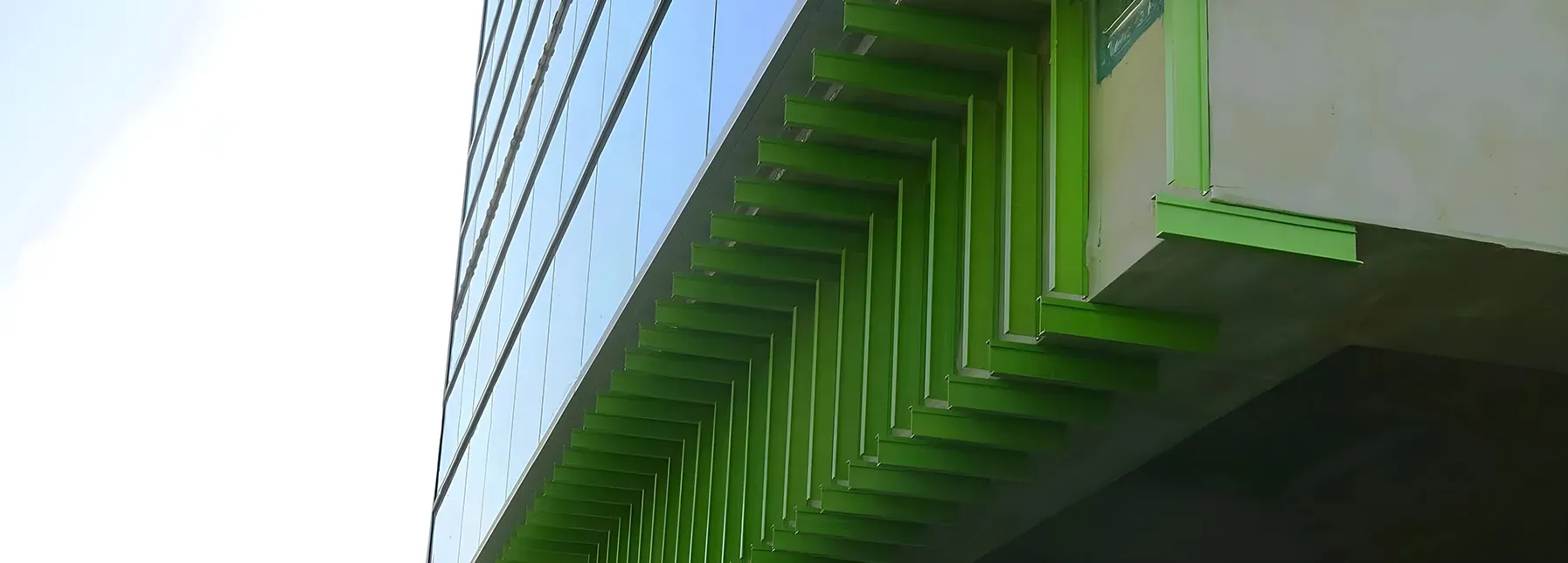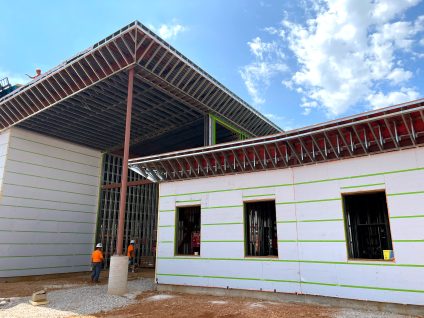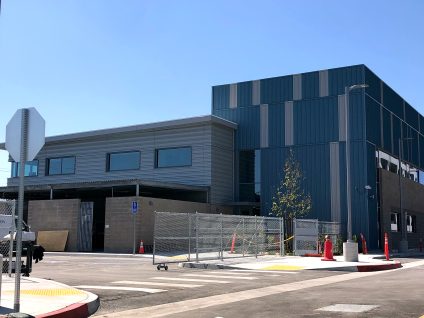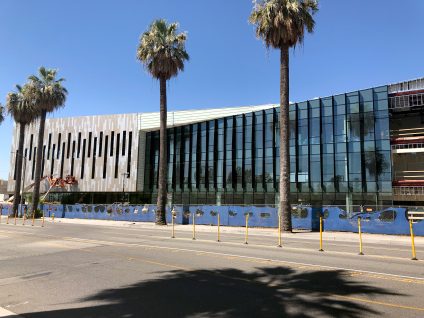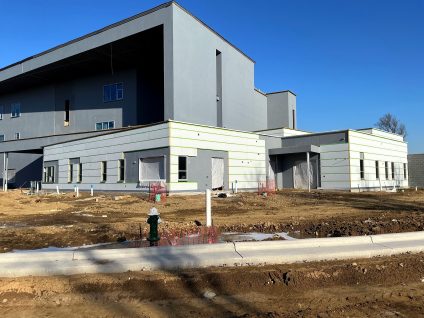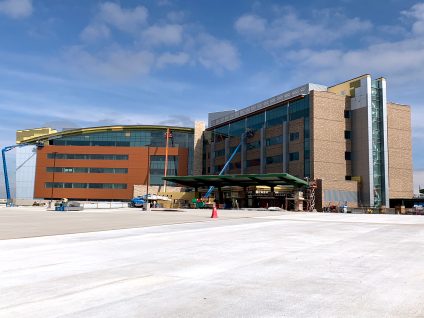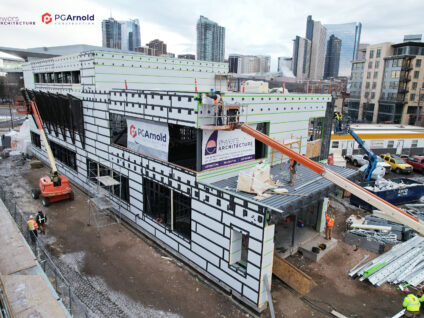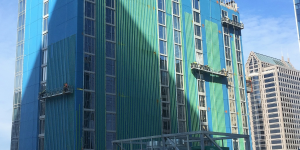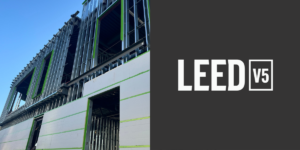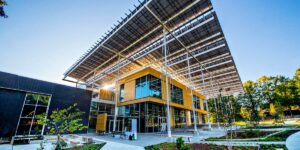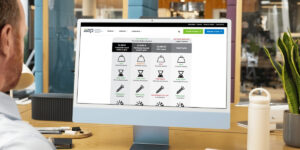Best practice: thermal efficiency in construction
Explore the essential best practices that all continuous insulation and building enclosure systems need to maximize thermal efficieny and energy savings in construction.
Best Practices
Thermal Efficiency
![]() Thermal efficiency is a crucial aspect of continuous insulation and building enclosure systems, focusing on eliminating thermal bridges, maximizing energy conservation, and minimizing heat transfer. It ensures that buildings maintain a stable internal temperature, reducing the need for excessive heating or cooling and thereby lowering energy consumption and costs. Effective thermal efficiency not only enhances occupant comfort but also contributes to the overall sustainability and environmental impact of a structure. By implementing best practices in thermal efficiency, buildings and designers can create more energy-efficient buildings that adhere to stringent environmental standards and provide long-term benefits for occupants and the environment alike.
Thermal efficiency is a crucial aspect of continuous insulation and building enclosure systems, focusing on eliminating thermal bridges, maximizing energy conservation, and minimizing heat transfer. It ensures that buildings maintain a stable internal temperature, reducing the need for excessive heating or cooling and thereby lowering energy consumption and costs. Effective thermal efficiency not only enhances occupant comfort but also contributes to the overall sustainability and environmental impact of a structure. By implementing best practices in thermal efficiency, buildings and designers can create more energy-efficient buildings that adhere to stringent environmental standards and provide long-term benefits for occupants and the environment alike.
Features
No through-wall metal & no through-insulation metal
A critical practice in fastener retention is the avoidance of metal fasteners that penetrate the entire wall or insulation depth. By eliminating these types of fasteners, buildings significantly reduce thermal bridges. This enhances thermal efficiency of the building and minimizes the potential for internal condensation, which can compromise structural integrity and indoor air quality.
Reduce internal condensation potential
Moreover, ensuring that fasteners do not create points of thermal bridging helps in maintaining a more consistent internal temperature. This stability helps reduce the potential for internal condensation, a key factor in maintaining the health of building structures and indoor environments.
EFF rate – comparative spacing
The strategic use of fasteners with an optimal Effective Fastener Factor (EFF) Rate, which involves comparative spacing to maximize holding strength while minimizing thermal transmission, is crucial. This approach ensures that fasteners are placed effectively to support the load requirements without creating unnecessary thermal weak points.
Eliminates thermal bypass
Eliminating thermal bypasses is vital for ensuring the highest efficiency of building enclosure systems. It directly enhances the building’s ability to retain heat during colder months and stay cool in warmer months, leading to substantial energy savings. Furthermore, addressing these bypasses improves occupant comfort and contributes to a structure’s overall sustainability by minimizing its environmental impact through reduced energy consumption.
Hygrothermal modeling
Hygrothermal modeling with WUFI is essential for designing continuous insulation and building enclosures, as it predicts heat and moisture behavior to enhance energy performance and prevent moisture-related issues like mold and condensation. This tool supports the selection of suitable materials and the assessment of environmental impacts on buildings. By adhering to these practices, thermal efficiency contributes to the overall effectiveness of continuous insulation and building enclosure systems. It prevents the structural degradation that can occur from moisture accumulation and energy loss, ultimately leading to more sustainable and efficient building practices.
How GreenGirt CMH and SMARTci Systems Meet and Exceed Thermal Efficiency Standards
GreenGirt CMH and SMARTci systems surpass thermal efficiency standards by eliminating metal fasteners that penetrate through walls and insulation, effectively reducing or eliminating thermal bridges and internal condensation risks. This approach maintains stable internal temperatures, essential for structural health and indoor air quality of buildings. Additionally, their use of an optimal Effective Fastener Factor (EFF) rate ensures fasteners are strategically placed to maximize strength while minimizing thermal transmission. These practices enhance the effectiveness of continuous insulation and building enclosure systems, preventing moisture-related degradation and promoting sustainable building solutions.


